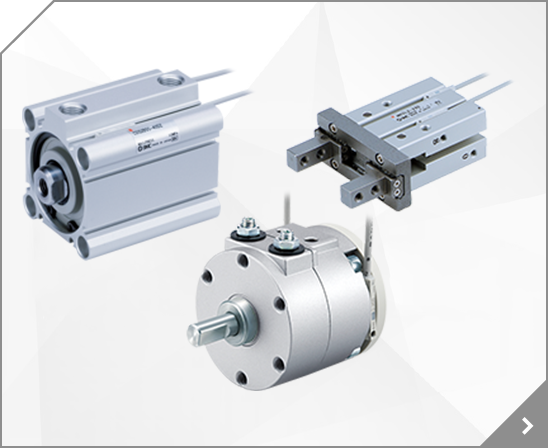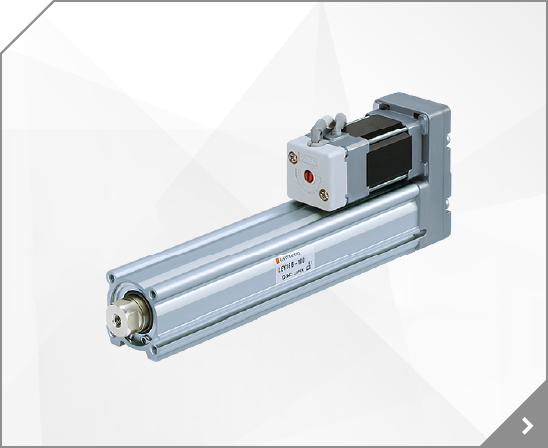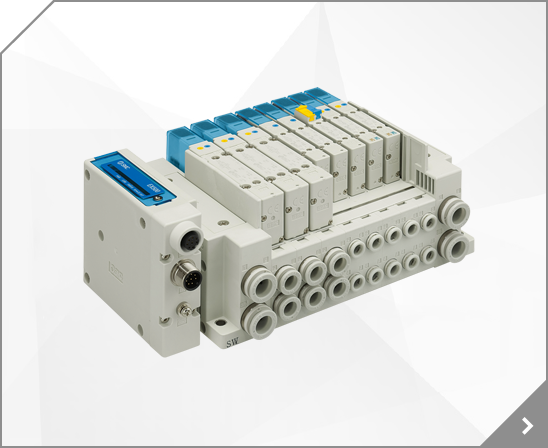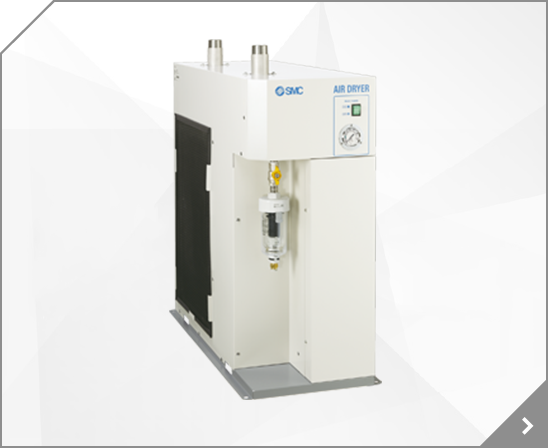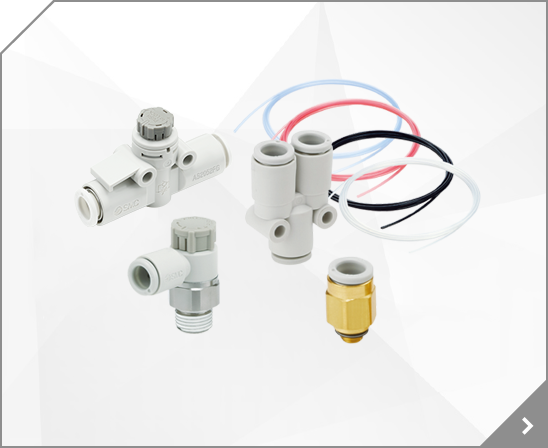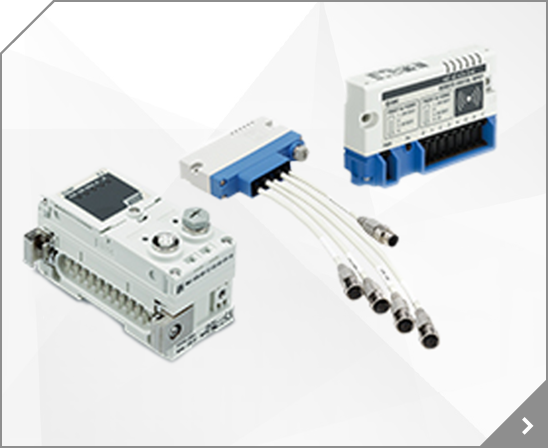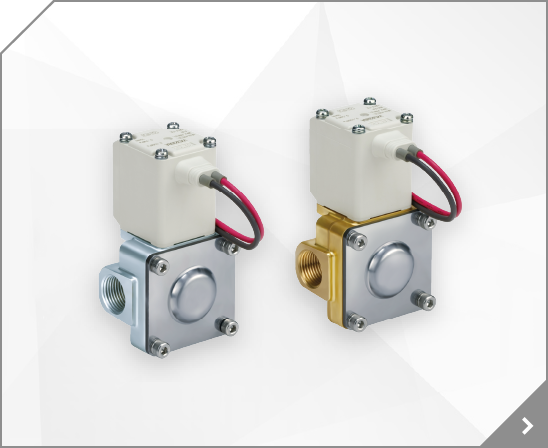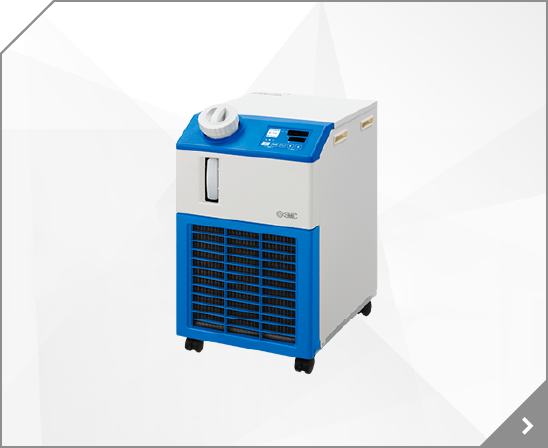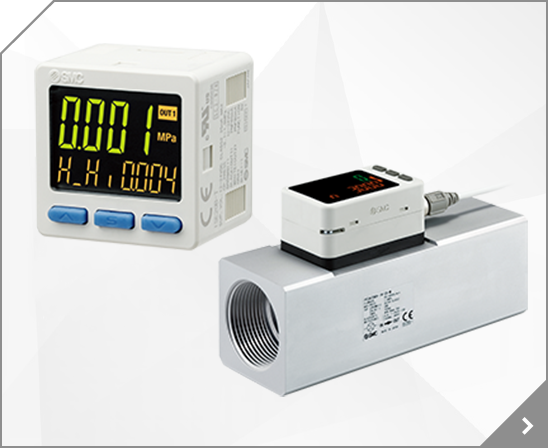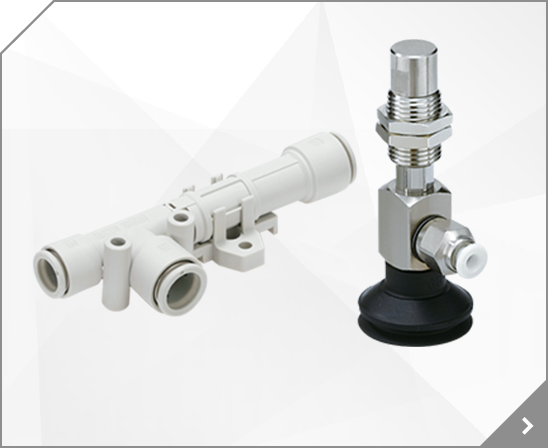
AC Servo Sliders - High Rigidity Ball Screw, Wide Body
-
LEJS, Electric Actuator, High Rigidity Ball Screw Slider, Wide Body, AC Servo Motor
The LEJS is a slider type electric actuator available exclusively with an AC servo motor. The actuator features a substantially wider load mounting platform than the LEFS, supported internally by a double axis linear guide for reduced moment deflection. The AC servo motor enables higher speed and acceleration, as well as a high-load size 63 model exclusive to LEJ. The drivers are pulse input type, with both incremental and absolute encoder options and 17- or 18-bit resolution.
-
LEJS, Electric Actuator, High Rigidity Slider, Ball Screw Drive, Motorless
The LEJS is available in a motorless type, permitting the mounting of an AC servo motor other than the standard chosen by SMC. Shaft coupling and mounting patterns are compatible with 8 servo motor series from 5 manufacturers. Manufacturers include Mitsubishi, Yaskawa, Sanyo Denki, Omron and Panasonic
-
LEJS63-M, High Rigidity Ball Screw Slider, Wide Body, High Speed with Intermediate Supports
The LEJS63-M is a variation of the LEJS High Rigidity Slider. This variation includes internal intermediate ball screw supports. The supports travel with the slider, holding the ball screw and limiting bouncing and vibration. The resulting benefit is the possibility of longer strokes, maximum speed at any stroke, and the positioning repeatability typical of a ball screw. Bumpers cushion the interaction between the slide and supports to reduce noise. Motors and pulse input type drivers common to other LEJS actuators are also available for this variation.
-
LEJS63N-M, Electric Actuator, High Rigidity Slider, Ball Screw Drive, High Speed with Intermediate Supports, Motorless
The LEJS63-M is a variation of the LEJS High Rigidity Slider. This variation includes internal intermediate ball screw supports. The supports travel with the slider, holding the ball screw and limiting bouncing and vibration. The resulting benefit is the possibility of longer strokes, maximum speed at any stroke, and the positioning repeatability typical of a ball screw. Bumpers cushion the interaction between the slide and supports to reduce noise. This is a motorless version with 7 coupling and mounting patterns for motors from 13 different manufacturers. Manufacturers include Omron, Panasonic, Fanuc, Rockwell Automation and Siemens, along with others.
-
25A-LEJS, High Rigidity Ball Screw Slider, Wide Body, AC Servo Motor, Secondary Battery
The 25A- series variations are compatible with secondary battery manufacturing for electronics, automotive, and other vehicle types. Design goals include eliminating copper (Cu) and zinc (Zn) materials where possible, and employing a low dew point grease that retains lubricity even in low manufacturing temperatures. Please note that copper and zinc materials are used for the motors, cables, controllers and drivers.
